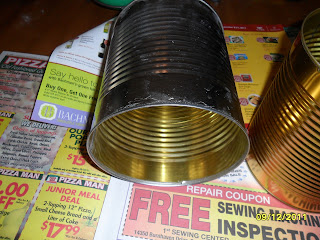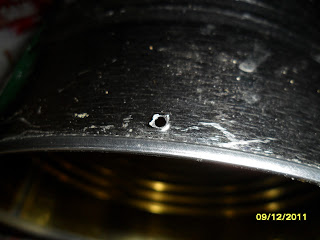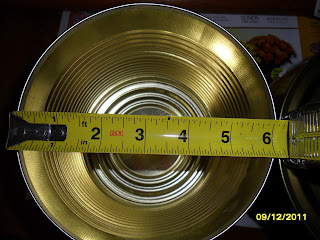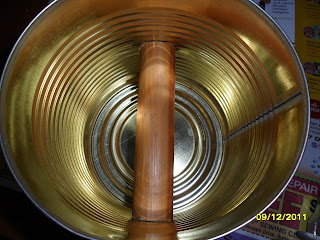As the tomato season draws to a close for us here, many of us are busy canning. Making homemade spaghetti sauces, salsas, pizza sauce, tomato sauce, paste, juice, soup. Those are all wonderful ways to store up food for the winter, but I also like to have dehydrated ones for making tomato powder.
I wash and then cut the tomatoes. This first batch I sliced removed the seeds. There was a little over one cup of tomato dices and I placed them on parchment paper on a baking sheet, sprinkled a little sea salt on them and placed in the oven at 175 degrees F. I do not use any oil on these when they are for making tomato powder. I started them with the door propped open. This is good in my area today as the outside temps are getting chilly.
Half way through the process I peeled the tomatoes off of the parchment paper and flipped them. Most of them came free from the paper fairly easily but some stuck a little bit.
They are starting to get dark. A taste of a piece showed me that the tomato flavor gets more robust as it dries. They dried dark brown and they snapped in half rather than bend.
Half way through the process I peeled the tomatoes off of the parchment paper and flipped them. Most of them came free from the paper fairly easily but some stuck a little bit.
They are starting to get dark. A taste of a piece showed me that the tomato flavor gets more robust as it dries. They dried dark brown and they snapped in half rather than bend.
The tomatoes should be thoroughly dehydrated so that there is no moisture left and I put them in a grinder. I have a Magic Bullet blender and I use that with the whipping/grinding blade to make powder.
I started with a overly full cup of chopped tomatoes and ended with 1/8 of a cup of tomato powder at a fraction of the original weight. I would say it took about 9 hours from start to finish, but my furnace never came on the whole time. I really would have liked to have the oven completely full, but I used what I had.
You can store this powder in either glass jars or plastic baggies. Keep away from humidity and light. It stores a long, long time. The amount of time depends on who you ask and the condition you store it in and if it was completely dried before you ground it.
The uses for tomato powder are endless and if you are camping and cooking in the wilderness it is just a great flavoring to have!
You can mix it right into bread dough with a little basil for a flavored bread.
You can mix a small amount of water to some powder, add Italian seasoning, some garlic and onion flakes for a pizza sauce, or you can forget the water and just sprinkle stuff right on the dough, and if you are out camping don't forget the freeze-dried cheese and mushrooms or a stick of pepperoni for toppings and you can have pizza.
For a stew you can add some powder in with some thistle and cattail roots along with your favorite small game, a little salt and if you have onion and garlic great, if you have some dried hot peppers, even better! Wild game can taste, well, gamy and spices can cover that up fairly well.
Sprinkle a little bit over bacon and eggs in the morning.
Use a little in a sandwich, you get the flavor without the mess of a raw tomato.
Tomato powder is a easy to make, warms the home on a chilly day, is a lightweight addition to a survival pack and is a great way to store your garden tomatoes past winter when you run out of canning jars.
I hope you find this helpful.
Thank you for stopping by
Dee Dee
Tomato powder is a easy to make, warms the home on a chilly day, is a lightweight addition to a survival pack and is a great way to store your garden tomatoes past winter when you run out of canning jars.
I hope you find this helpful.
Thank you for stopping by
Dee Dee






















